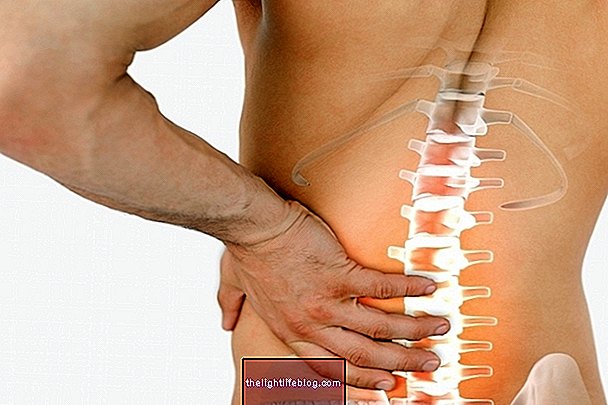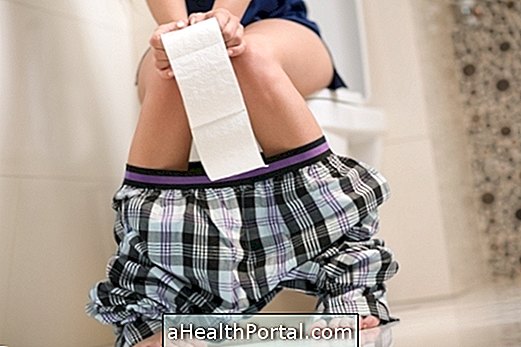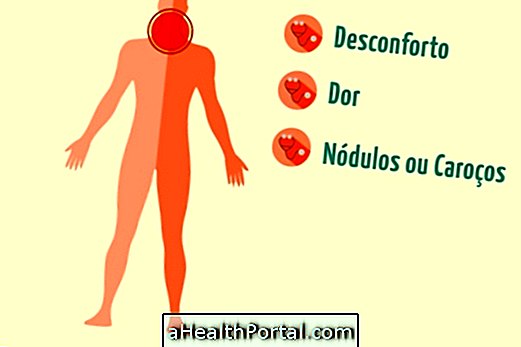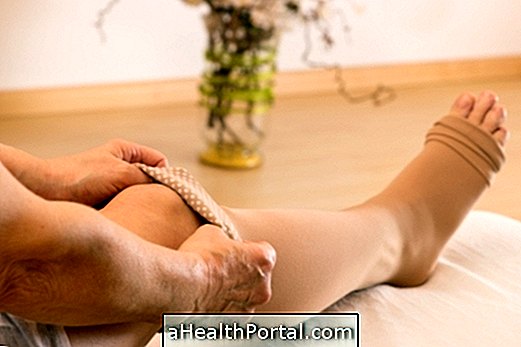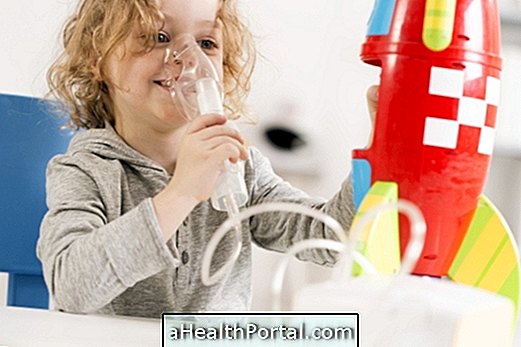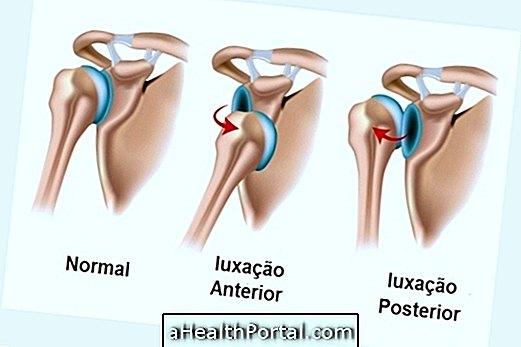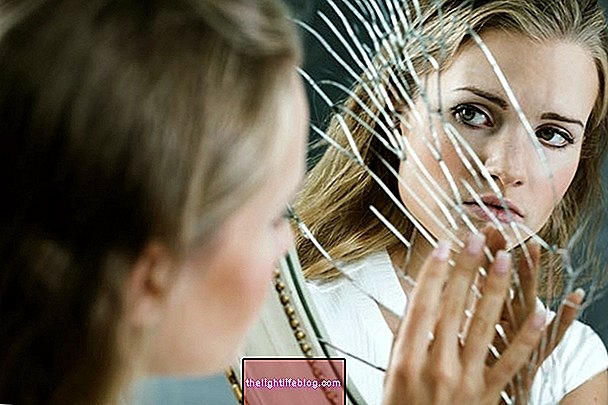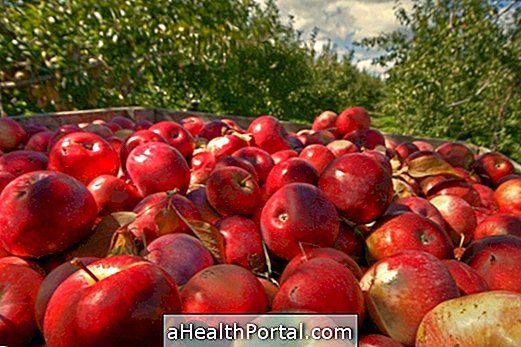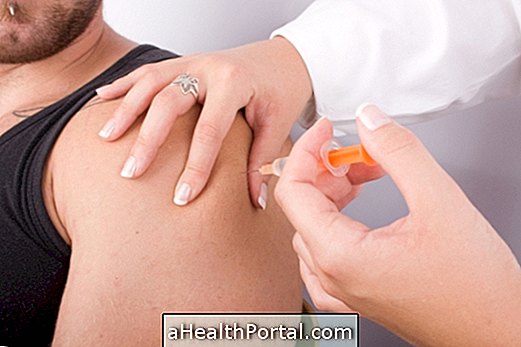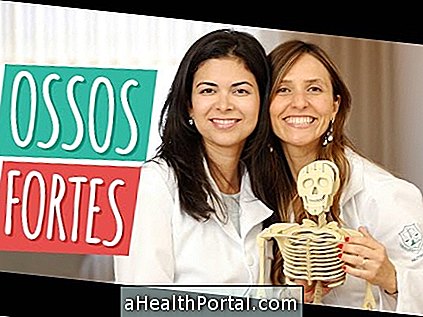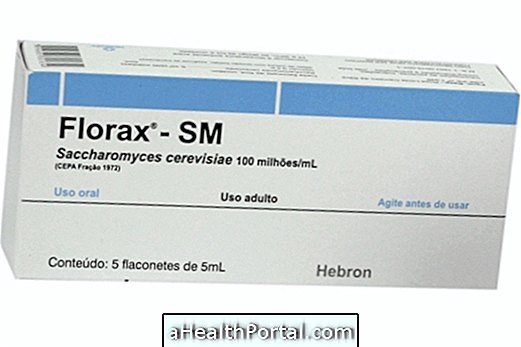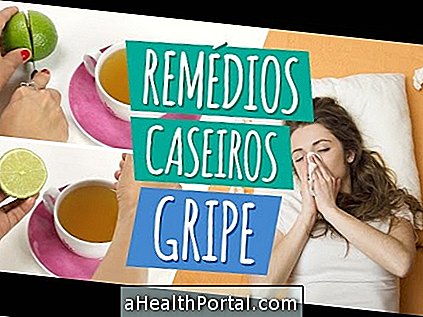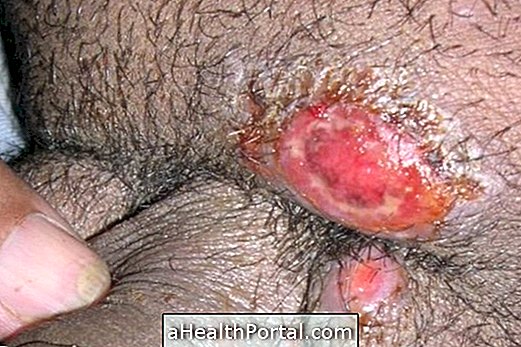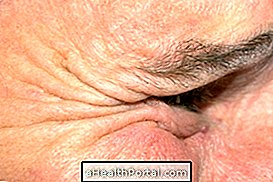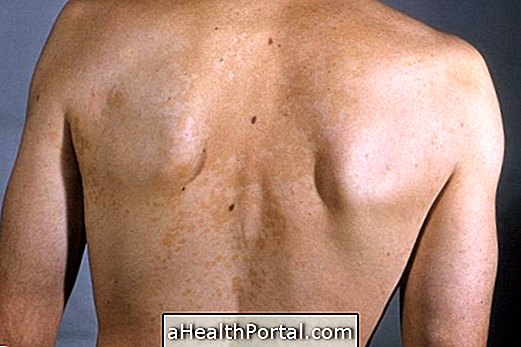Esophageal diverticulosis consists of the appearance of a small pouch, known as a diverticulum, in the portion of the digestive tract between the mouth and the stomach, causing symptoms such as:
- Difficulty swallowing;
- Sensation of food stuck in the throat;
- Persistent cough;
- Sore throat;
- Weight loss without apparent cause;
- Bad breath.
Usually, the appearance of this type of symptoms is more frequent after the age of 30, and it is common for an isolated symptom to appear, such as a cough, which worsens over time or is accompanied by other symptoms.
Esophageal diverticulosis is not a serious problem, however, the diverticulum can increase over time and this can cause throat obstruction, causing pain when swallowing, inability to get the food to reach the stomach and even recurrent pneumonia, for example.
How esophageal diverticulosis is diagnosed
The diagnosis of esophageal diverticulosis is usually made by a gastroenterologist after performing some diagnostic tests such as:
- Endoscopy: a small flexible tube is inserted with a camera at the tip through the mouth to the stomach, allowing to observe if there are diverticula in the esophagus;
- X-ray with contrast: drink a liquid with contrast while doing an X-ray to observe the movement of the liquid in the throat, helping to identify possible diverticula.
These types of tests should be done whenever symptoms similar to diverticulosis appear, as there is no specific cause that suggests the development of diverticula in the esophagus.
How esophageal diverticulosis is treated
The treatment for esophageal diverticulosis varies according to the symptoms presented, and when they cause few changes in the patient's life, only a few precautions are recommended, such as eating a varied diet, chewing food well, drinking 2 liters of water per day and sleeping with the elevated headboard, for example.
In cases where diverticulosis causes a lot of difficulty in swallowing or the appearance of recurrent pneumonia, the gastroenterologist may recommend having surgery to remove the diverticulum and reinforce the wall of the esophagus, preventing it from reoccurring.
However, surgery should only be used in cases where the symptoms are severe as there are risks, such as injuries to the lungs, spleen or liver, as well as thrombosis, for example.
See examples of what you can eat to avoid disturbing your swallowing: What to eat when I can't chew.
Was this information helpful?
Yes No
Your opinion is important! Write here how we can improve our text:
Any questions? Click here to be answered.
Email in which you want to receive a reply:
Check the confirmation email we sent you.
Your name:
Reason for visit:
--- Choose your reason --- DiseaseLive betterHelp another personGain knowledge
Are you a health professional?
NoMedicalPharmaceuticalsNurseNutritionistBiomedicalPhysiotherapistBeauticianOther
